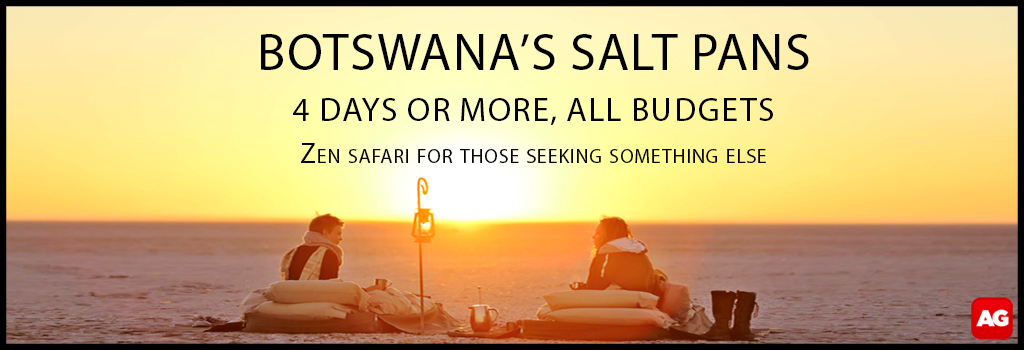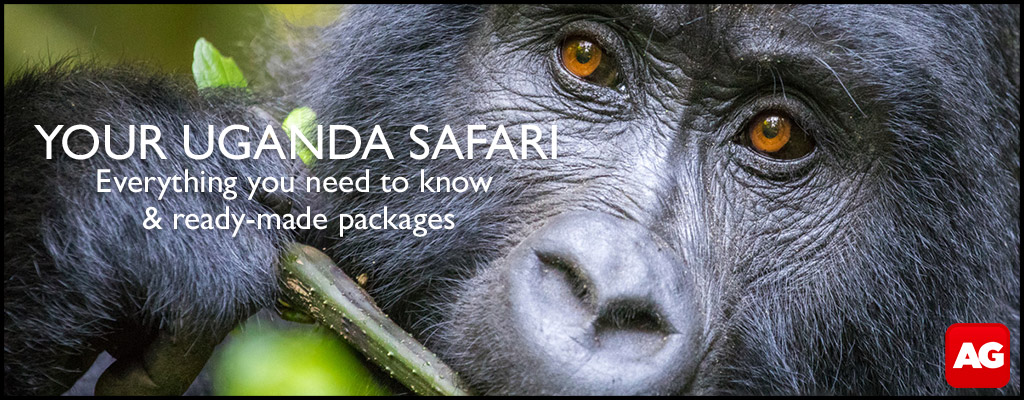“Earth provides enough to satisfy every man’s needs, but not every man’s greed.” ― Mahatma Gandhi. Snares may not be something people hear of or pay much attention to, yet these simple devices are probably amongst the highest killers of wildlife in Africa. Written by: Nick Tucker

A snare is nothing more than a rudimentary piece of wire shaped into a loop, anchored down and placed in an area of high animal activity to kill wildlife. Whilst they are mostly used to catch (and kill) bushmeat, often as a means of sustenance for rural communities, their impact is huge.

With a fast-increasing population and high poverty levels across Southern Africa, snaring is becoming an increasingly bigger threat to our wildlife populations than we seem to realise. It is not the newsworthy war on poaching sort of a story that the media focuses on or the gruesome killing and maiming of wildlife that the public seems to want to read about, yet snaring is arguably a bigger problem and threat.
If you speak to many rangers and anti-poaching units from Uganda to South Africa, they will tell you that a lot of their time and energy is focused on the removal of snares; snares which maim and kill tens of thousands, if not millions, of animals a year.

This issue was recently brought into the public eye with the photographs and stories of a young male lion in the Kruger that was spotted and reported to park authorities by several visitors to the park. This lion was fortunate enough to have had the snare removed and, according to the South African National Parks team, has a good chance of making a full recovery.
For many other animals, the ending is not as happy.
Most animals caught in snares will end up in the cooking pot, while as many as an estimated 90% will be left to rot in the bush, and many others will be severely wounded to the point that they are no longer able to feed or hunt, condemning them to a short life of pain and starvation.
If one is ever fortunate enough to visit the wild dog research station in Hwange National Park, Zimbabwe, just outside the main entrance of the world-renowned park by the same name, one will start to understand the problem better. At the main building, where the educational centre (which is phenomenal and well worth a visit) is based, you will quickly learn that this entire building was built out of wire, collected in anti-poaching operations. The size of the building and the amount of wire needed, I’m sure any quantity surveyor can back me on this, is terrifying. Especially when one considers that these are nothing more than cheap, simple killing mechanisms. The centre also illustrates the effects of snaring on wild dogs (painted wolves) and wild dog populations.
The extent of the snaring and the bushmeat problem only really hit home for me when visiting Mlilwane Wildlife Sanctuary in Swaziland. In the 10 years between 1960 and 1970, when conservationist Ted Reilly was working to build the first national park in this country, over 20,000 snares were collected, far exceeding the amount of game in the country at the time.

According to a 2014 report by Lion Aid, the snaring problem is a bigger problem than the poaching of rhinos and elephants across the continent, and it could be one of the single biggest factors contributing to species extinction. For example, 182,000 to 365,000 tons of wildlife are illegally harvested for bushmeat in Mozambique alone, with an estimated value of between US$366 million and US$730 million per annum.
When we think about poaching and when we think about wildlife and conservation, we need to think holistically; we need to realise that every species is key and every species plays an important role. When one starts to understand this and grasp how many animals are dying in or from snares across the continent, daily, weekly, monthly and annually, one will start to understand the real horror of snares.
To comment on this story: Login (or sign up) to our app here - it's a troll-free safe place 🙂.![]()
HOW TO GET THE MOST OUT OF AFRICA GEOGRAPHIC:
- Travel with us. Travel in Africa is about knowing when and where to go, and with whom. A few weeks too early / late and a few kilometres off course and you could miss the greatest show on Earth. And wouldn’t that be a pity? Browse our ready-made packages or answer a few questions to start planning your dream safari.
- Subscribe to our FREE newsletter / download our FREE app to enjoy the following benefits.
- Plan your safaris in remote parks protected by African Parks via our sister company https://ukuri.travel/ - safari camps for responsible travellers






